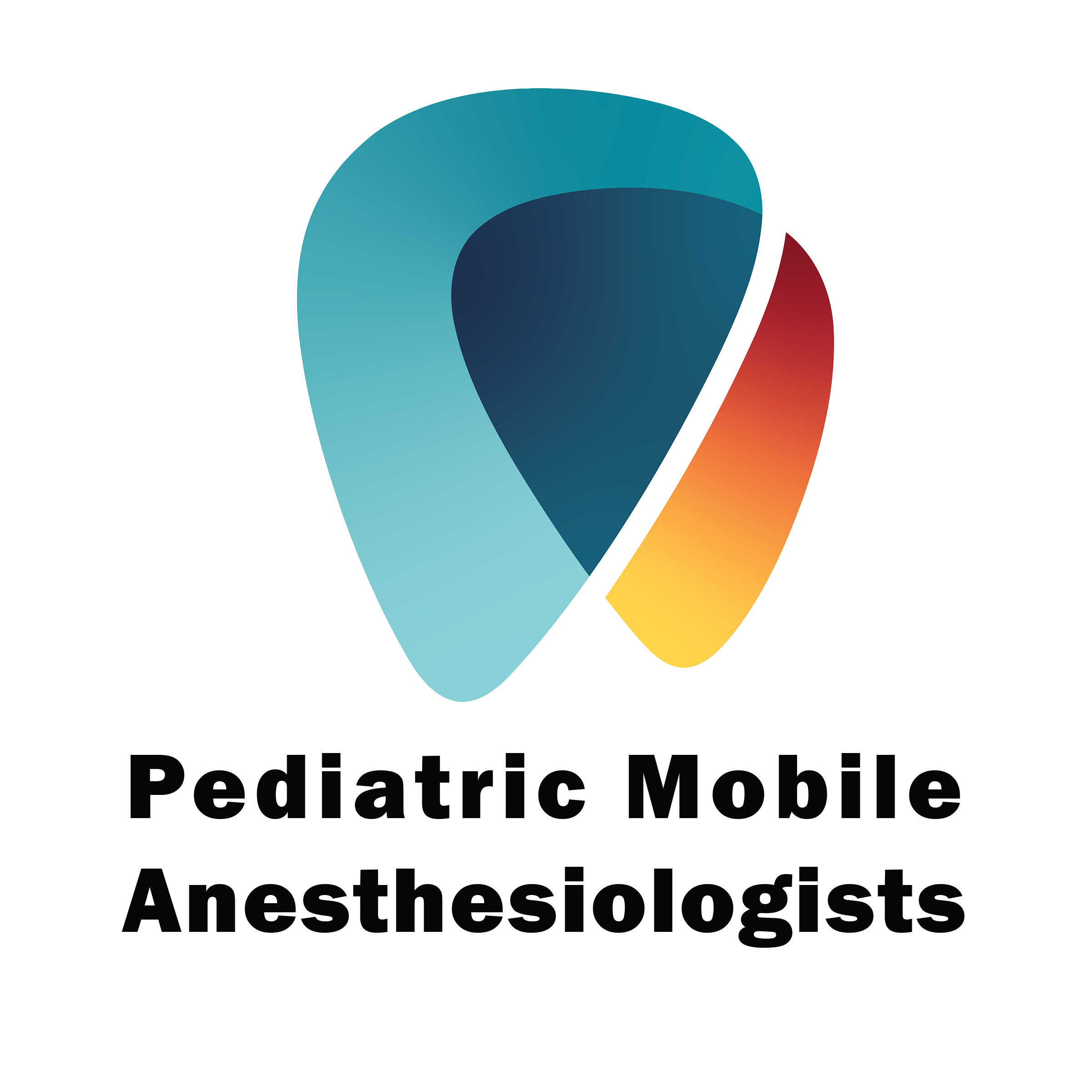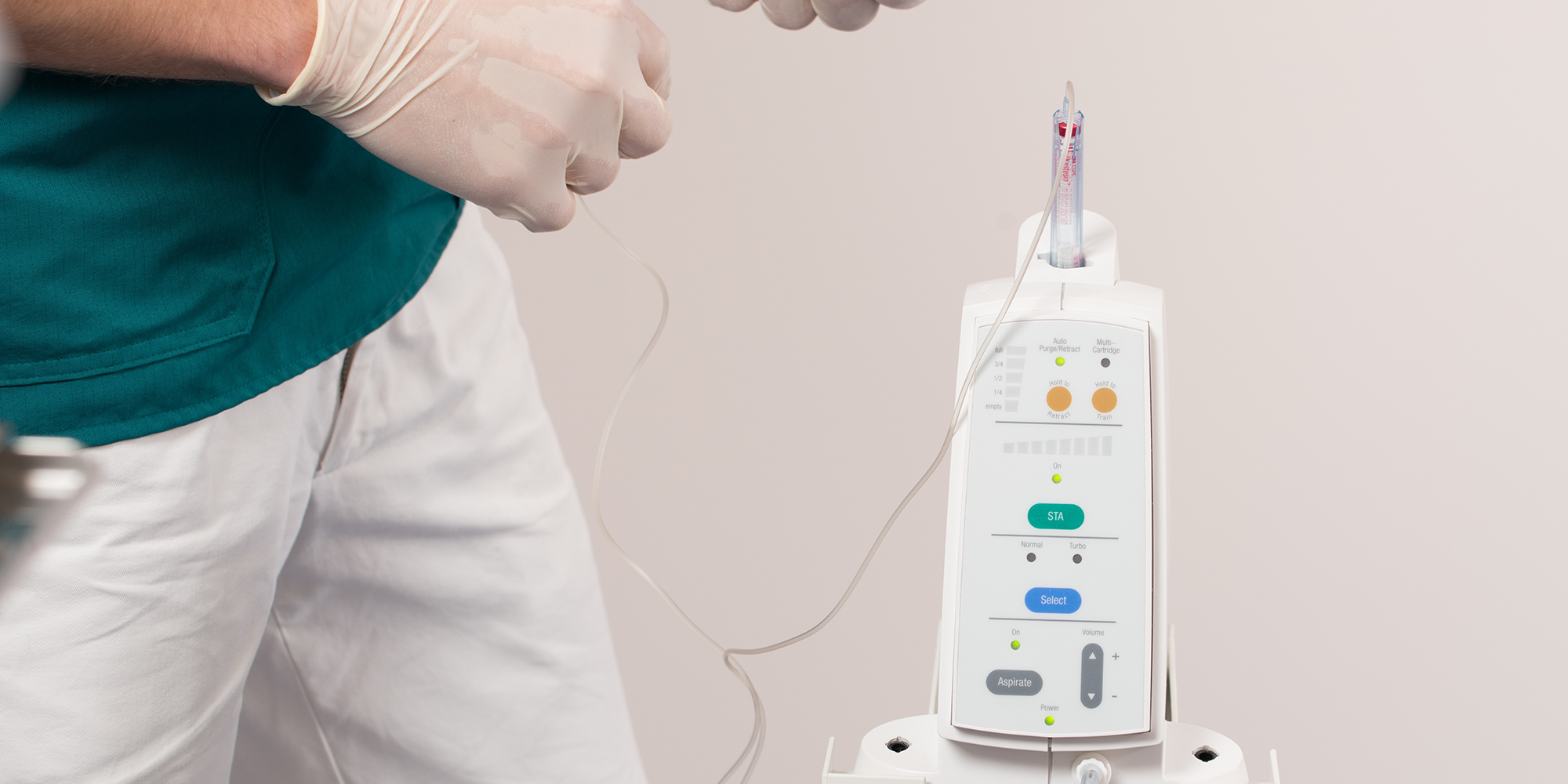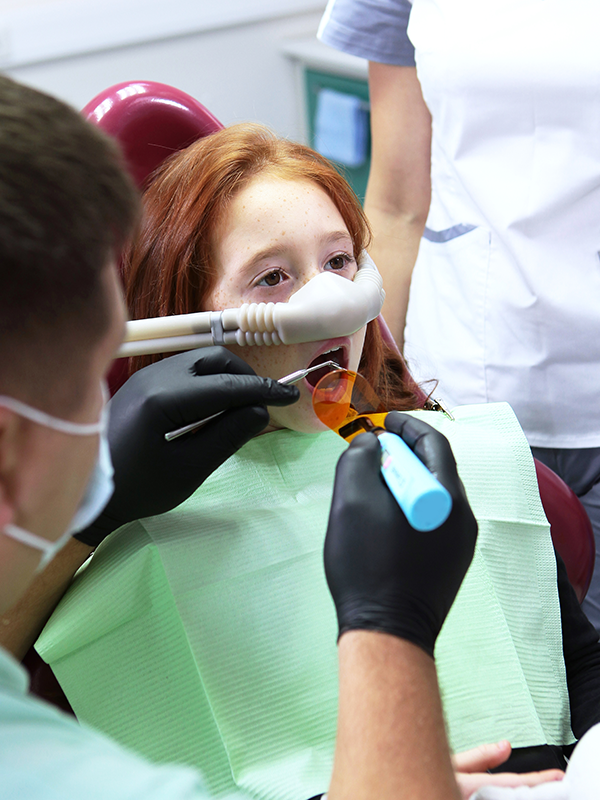IV Sedation
Anesthesia Services
IV Sedation
IV sedation in pediatric dentistry is a safe and effective method for providing deep relaxation and pain control during dental procedures. Administered through a small intravenous line, it allows for precise dosage adjustments and rapid onset, ensuring a smooth and comfortable experience for children, especially those with severe anxiety, special needs, or requiring extensive dental work. Unlike oral sedation, IV sedation provides a deeper level of sedation with little to no memory of the procedure. Continuous monitoring of vital signs ensures safety, and most children recover within a few hours. This method helps dentists complete treatments efficiently while prioritizing the child’s comfort and well-being.
About IV Sedation
Intravenous (IV) pediatric dental anesthesia is a deeper sedation method used for children who require extensive dental work, have severe dental anxiety, or cannot tolerate treatment with other sedation techniques. Administered through a small IV line, this method allows for precise control of medication dosage and rapid adjustments to maintain the desired level of sedation. Commonly used medications include midazolam, propofol, ketamine, and fentanyl, often in combination to ensure a pain-free and anxiety-free experience. IV sedation is particularly beneficial for young children, those with special healthcare needs, or patients undergoing long or complex procedures. It provides a deeper level of relaxation compared to oral sedation or nitrous oxide, often resulting in the child having little to no memory of the procedure. Continuous monitoring of vital signs, including oxygen levels, heart rate, and blood pressure, is essential to ensure safety. While recovery may take longer than with lighter sedation methods, most children wake up comfortably and can go home the same day with post-procedure care instructions. IV sedation allows for efficient, high-quality dental care while prioritizing the child’s safety and comfort.
What types of Anesthesia/Sedation do you use?
Conscious IV Sedation
Moderate Sedation (Conscious Sedation) – The child is deeply relaxed but remains responsive to verbal commands or light touch. Medications like midazolam and fentanyl are often used to reduce anxiety and discomfort.
Deep IV Sedation
Deep Sedation – The child is in a sleep-like state and may not respond to stimuli but can still breathe independently. This level is often achieved using propofol or ketamine and is ideal for longer or more invasive procedures.
General IV Anesthesia
General Anesthesia – The child is completely unconscious with no awareness or response during the procedure. This requires airway support, typically administered by an anesthesiologist using sevoflurane, propofol, or a combination of medications.
Anxiolysis Sedation
Minimal Sedation (Anxiolysis) – A very light level of sedation where the child remains fully awake but relaxed. Often achieved with low-dose midazolam, this is suitable for mild anxiety and short procedures.
Balanced Sedation
Balanced Sedation (Combination Sedation) – Uses a mix of IV medications, such as midazolam, fentanyl, ketamine, or propofol, to tailor sedation levels for optimal comfort, pain control, and safety. This approach provides flexibility in managing different patient responses.
TIVA Anesthesia
TIVA (Total Intravenous Anesthesia) – A technique where only IV medications (such as propofol and remifentanil) are used, without inhaled gases, to maintain a deep level of unconsciousness during the procedure. This is sometimes preferred for children with airway sensitivities or when avoiding gas anesthesia is necessary.
Dr. Patrick D DeMars
Dr. Patrick D. DeMars is the founding physician of POAS, or Pediatric Office Anesthesia Specialists. Dr. DeMars graduated from the University of Minnesota Medical School in 1981 and initially went into Pediatrics however soon fell in love with taking care of critically ill and injured children. He is Board Certified in Pediatrics as well as Anesthesiology and is fellowship trained and certified in Pediatric Anesthesia and Pediatric Critical Care. Dr DeMars’ career has focused on expanding access to expert pediatric care both in the United States Navy as well as in the private sector where he has served in leadership positions at Balboa Naval Hospital, Rady’s Children’s Hospital in San Diego, Shriners Hospital for Children in Spokane, and St Jude’s Research Hospital for Children in Memphis.
IV Sedation
What are the benefits of IV Sedation?
The benefits of using intravenous (IV) dental anesthesia for children include:
- Deeper Sedation & Anxiety Reduction – Provides a higher level of relaxation, making it ideal for children with severe dental anxiety or special healthcare needs.
- Pain-Free Treatment – Ensures complete pain control, allowing for a more comfortable experience during extensive or invasive procedures.
- Precise Dosage Control – Allows the anesthesiologist to adjust sedation levels in real time for optimal safety and effectiveness.
- Faster Onset – Works quickly compared to oral sedation, reducing waiting time before the procedure begins.
- Memory Suppression – Children often have little to no recollection of the procedure, preventing future dental fears.
- Efficiency & Reduced Appointments – Enables multiple or complex treatments to be completed in one visit, minimizing the need for repeat appointments.
- Rapid Recovery & Safety Monitoring – Continuous monitoring ensures safety, and children usually recover within a few hours after the procedure.
IV dental anesthesia is a highly effective option for providing safe, pain-free, and anxiety-free dental care for children needing extensive treatment.







